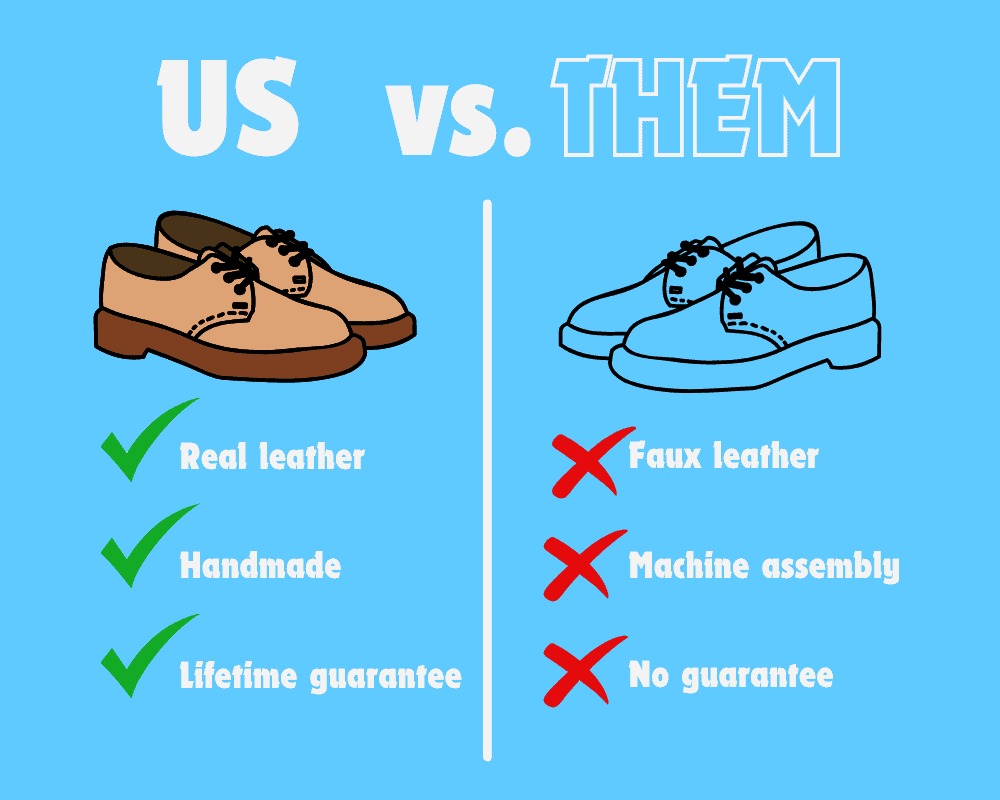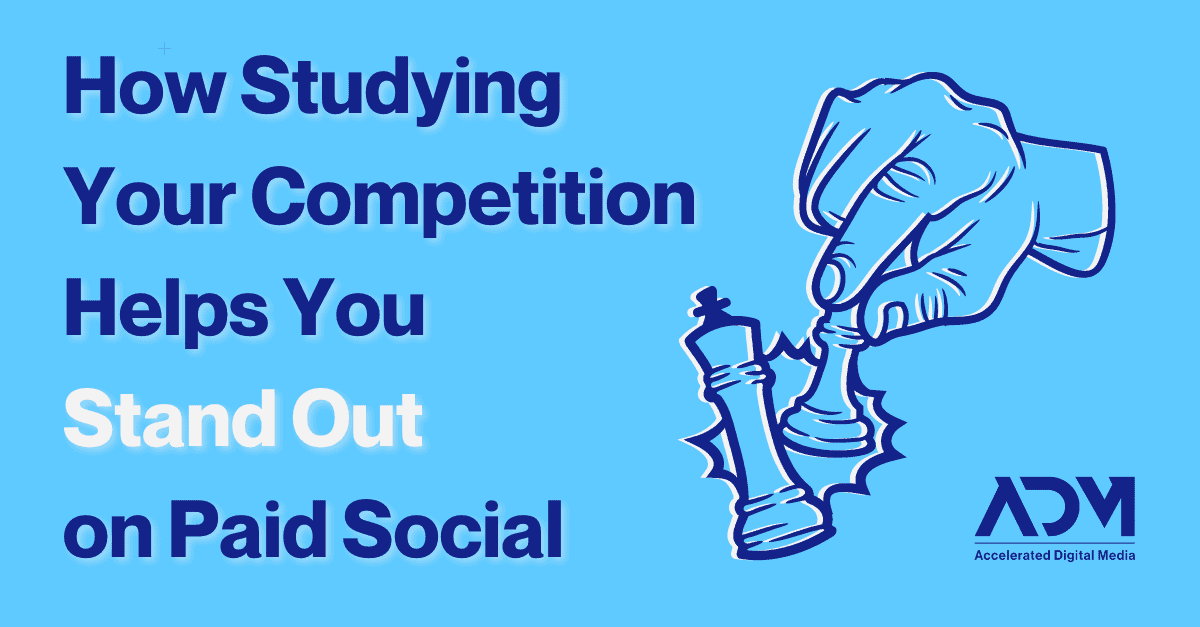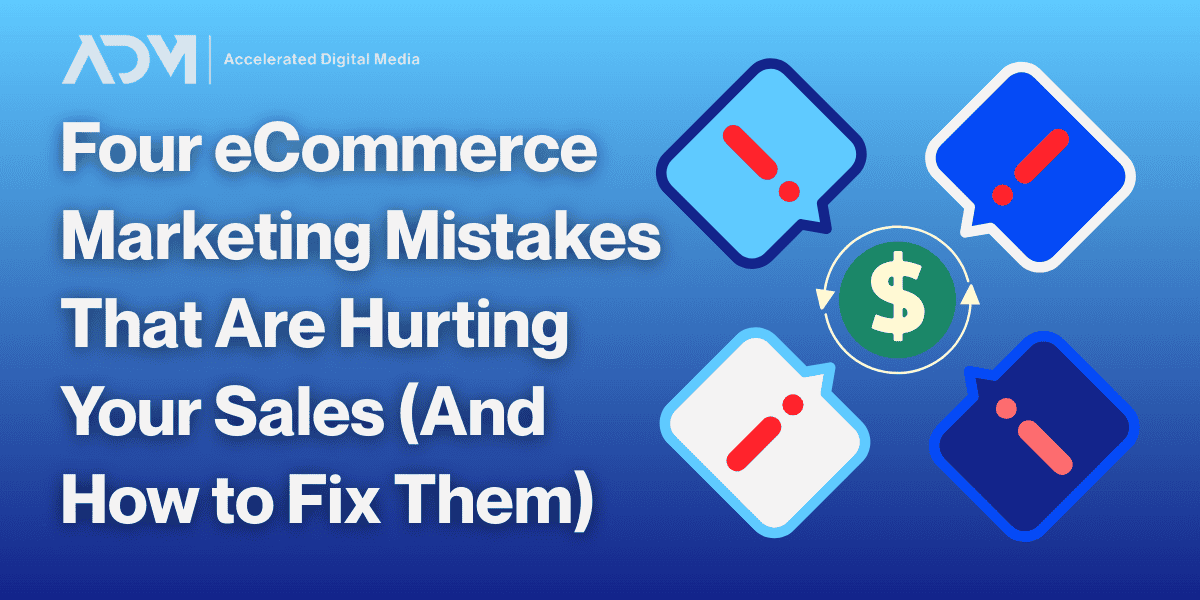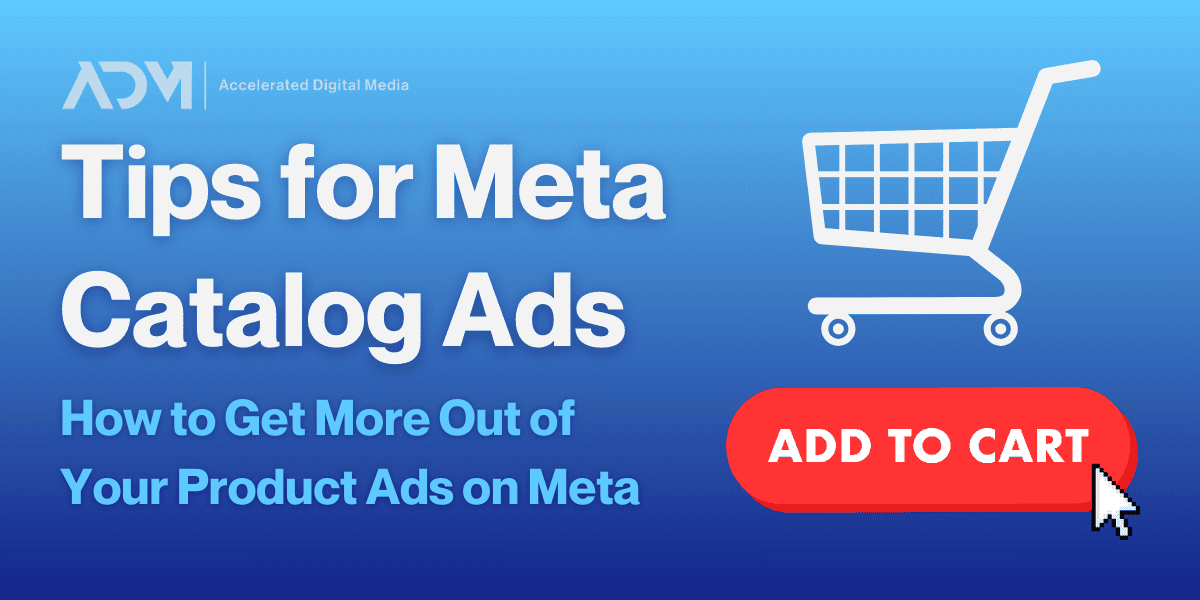Paid social advertising is highly competitive. These days, over $200 billion dollars is spent on social ads annually, making it a challenge to keep your campaigns efficient while delivering the results that your brand needs.
In terms of digital marketing, however, competition on social media isn’t like competition on paid search. Whereas paid search advertisers are often bidding to appear in a finite number of results slots, paid social advertising involves bidding for visibility on platforms like Facebook, Instagram, LinkedIn, and Twitter/X.
The goal is to achieve the lowest possible cost per impression or click while maximizing engagement and conversions. And since similar competing brands will often have overlapping audiences, you also need to deliver a more compelling pitch to those users once you’ve managed to capture their attention. This dynamic creates a unique competitive environment where creativity, targeting, and optimization are crucial.
In this blog, we’ll take a look at our paid social agency‘s approach to studying and besting your competitors.
Assessing Your Competitive Landscape
Competitive research is a cornerstone of any successful paid social campaign. It involves analyzing the strategies, content, and performance of competitors to identify both opportunities and threats. The available ad libraries on each marketing platform enable brands to get a quick look at what their competition is doing, reviewing the ads that competitors are running to understand differences in format, ad type, creative, and copy.
It’s also important to stay informed on current trends and best practices by reading trades and looking at examples from similar brands, even if they aren’t direct competitors. This is particularly useful in highly competitive industries such as food and beverage, e-commerce (especially apparel and direct-to-consumer goods), and automotive sectors, which may require extra attention to competitive activities.
Gaining Inspiration Through Competition
This research and planning requires collaboration between a brand and its paid social agency. At ADM, we discuss with clients what they know about their competitors’ activities on various platforms. We share relevant ads that are working and brainstorm on how they can serve as inspiration for our clients. We strategize on testing and determine the benefit of adopting competitor strategies (if not already in place).
While differentiating from competitors is always essential, looking to them for inspiration can be beneficial. In social marketing, it’s common to find great creative ideas from competitors and be inspired to adapt them. ADM clients sometimes bring content from competitors or unrelated companies for inspiration.
When this happens, we analyze the concept to see if it fits the client’s needs. Outside inspiration is valuable, but it’s about finding the right fit and not copying blatantly. Sometimes an ad style may be appealing, but the content may not align with the client’s goals. Conversely, a concept might perfectly suit the client’s audience, and we then ideate on ways to elevate it and align it with the client’s products and messaging.
In the end, few ideas are truly original. Studying how competitors and other businesses design their ads is an excellent way to discover new content ideas for your own campaigns.
Differentiating Through Creative Excellence
One of the most effective ways to stand out in a competitive paid social advertising environment is through exceptional creative content. Creative plays a key role in capturing audience attention and driving engagement. We always strive to deliver unique concepts that are not only visually-appealing, but also aligned with platform-specific best practices.
Encouraging clients to think outside their comfort zones and experiment with new ad formats and creative styles can lead to significant performance improvements. For instance, some brands may have always relied on formal, professional-looking ad creative in their marketing efforts. But on platforms like TikTok and, increasingly, Instagram, user-generated content (UGC) that looks homemade is now the norm, and TV-quality video ads seem out of place there. In that case, we’d encourage the client to test out a UGC approach.
That’s why validating your concepts with performance data is essential. The data will often drive our creative recommendations. For instance, if we notice a .GIF ad featuring a “Myth vs. Fact” concept performs exceptionally well on one platform or for one client, we’ll determine if it’s a fit for other clients and industries and then recommend incorporating similar content into future campaigns.
Addressing Competition Directly
Almost always, your brand won’t want to address their competitors by name in their ads—because calling attention to another similar product usually isn’t a good idea. It might make some users aware of an alternative, or it might encourage others to go look those products up and realize they prefer the competition’s designs!
But it is often useful, however, to implicitly compare them with an “Us vs. Them” approach:

In this creative style, you can identify the differentiators you offer over a competing product and put them side-by-side without mentioning the other brand’s name. to compare your products to other competing ones. It’s a way to acknowledge that buyers have alternatives, but to keep the focus on your products and their differentiating benefits.
The Role of Audience Targeting in Competitive Environments
Demographic targeting is a cornerstone of paid social advertising, but it’s not the only factor in defining audiences. Advertisers must also account for location, interests, and seasonality. To find new avenues to succeed in a competitive landscape, you need to find ways to differentiate and expand your audiences. That includes expanding interest-based targeting, running A/B audience tests, and creating campaigns designed to drive awareness and consideration.
But sometimes, it can be useful to directly target your competitors’ audience directly. You can do that through interest targeting based on users who have expressed interest in or follow our clients competitors on each individual platform. You can also apply lookalike targeting based on that criteria.
An Expert Paid Social Agency Can Help
Dealing with intense social media competition is a challenge that requires creative ingenuity and expert marketing strategy. If you need assistance making sure your products stand out, consider partnering with an expert paid social agency like ADM. We build custom performance marketing solutions to help brands unlock new growth. Contact our team today to set up a conversation about ways we can help.




